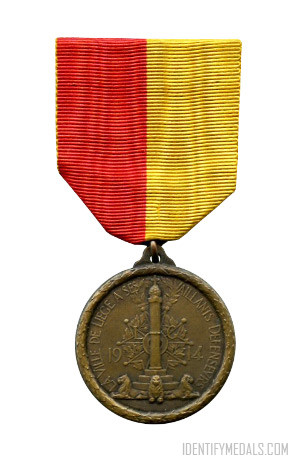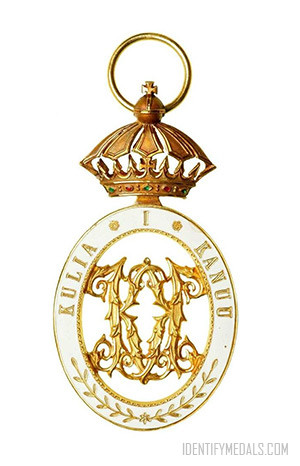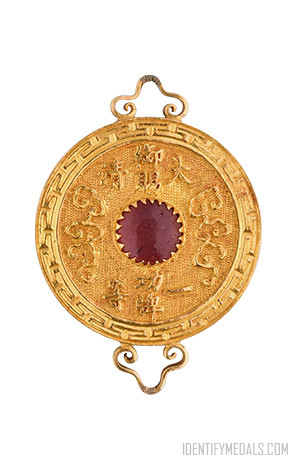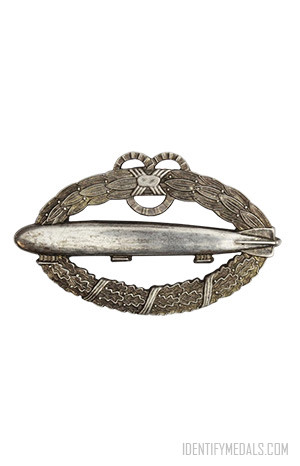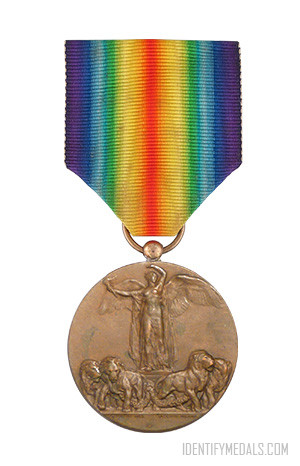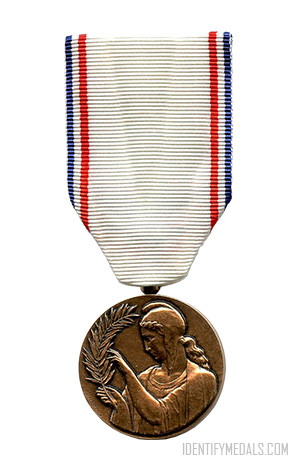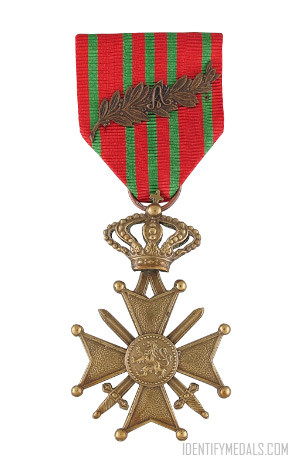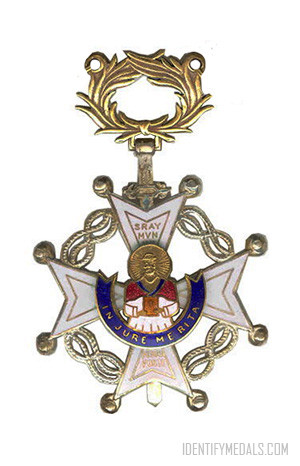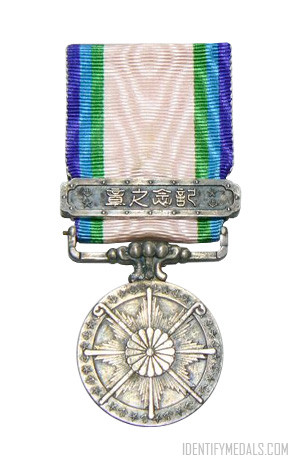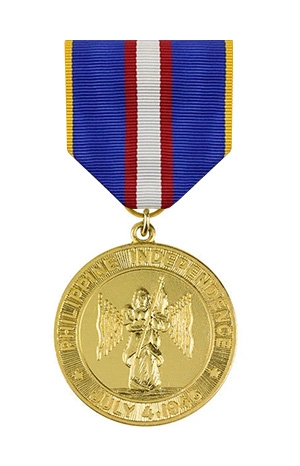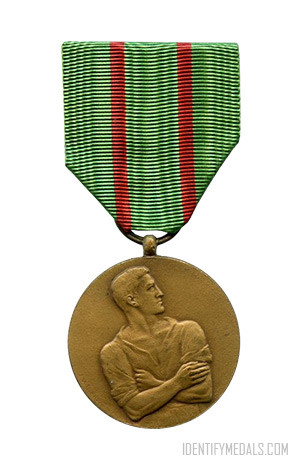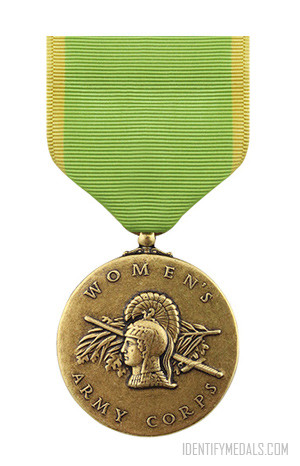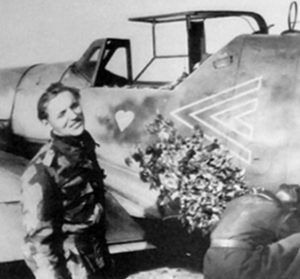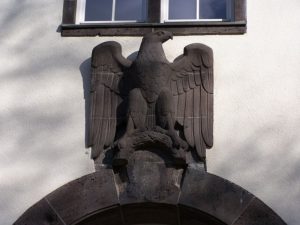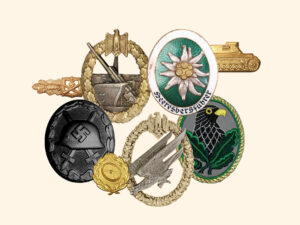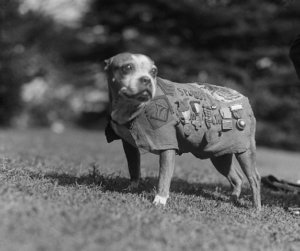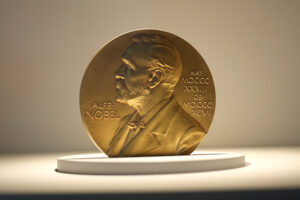- Time Period: The Great War
- Institution: April 1920
- Country: Belgium
The Liège Medal (Médaille de Liège / Medaille van Luik) is an unofficial World War I campaign medal issued by the Belgian city of Liège to its 1914 defenders against the German invaders.
The medal was first issued in April 1920 during a large ceremony presided by the Duke of Brabant (later Leopold III) and Lieutenant General the Count Gérard-Mathieu Leman, military commander of the defense of Liège between 5th and 16th of August 1914. The medal was awarded to the military defenders of the city and later to residents of the city of Liège who were condemned to imprisonment by a German tribunal.
The Liège Medal Design
The medal measures 35mm in diameter and is circular and struck from bronze (although, being unofficial, some recipients had theirs gilded or silvered). It has a 2mm wide raised edge on both sides with laurel leaves along the entire circumference.
The obverse bears the relief image of the Liège Perron superimposed over a decoration akin the French Legion of Honour and bisecting the year “19” “14”. Along the circumference, a relief inscription reads “LA VILLE DE LIÈGE A SES VAILLANTS DEFENSEVRS” (“THE CITY OF LIÈGE TO ITS VALIANT DEFENDERS“). The reverse bears the relief image of a battle scene including soldiers fighting on near a partly destroyed bunker on the bank of the Meuse river.
The ribbon is a 38mm wide silk moiré half red and half yellow, the colors of the city of Liège. The medal is suspended by two interlocking rings, the lower one passing through a suspension loop on the top.

